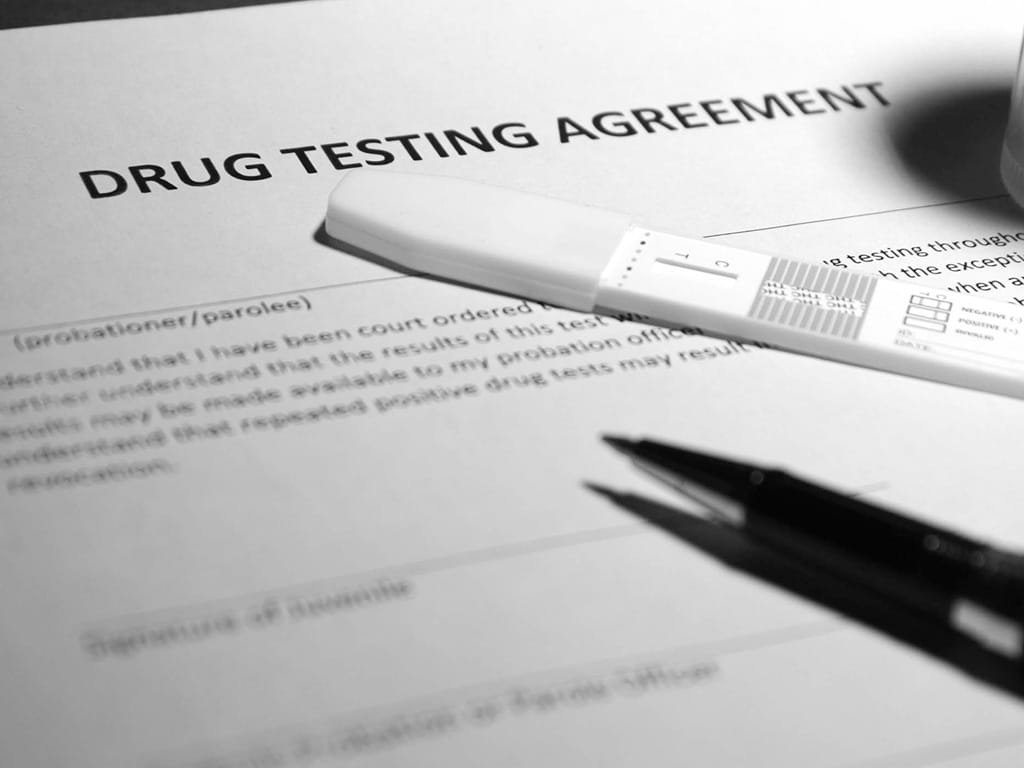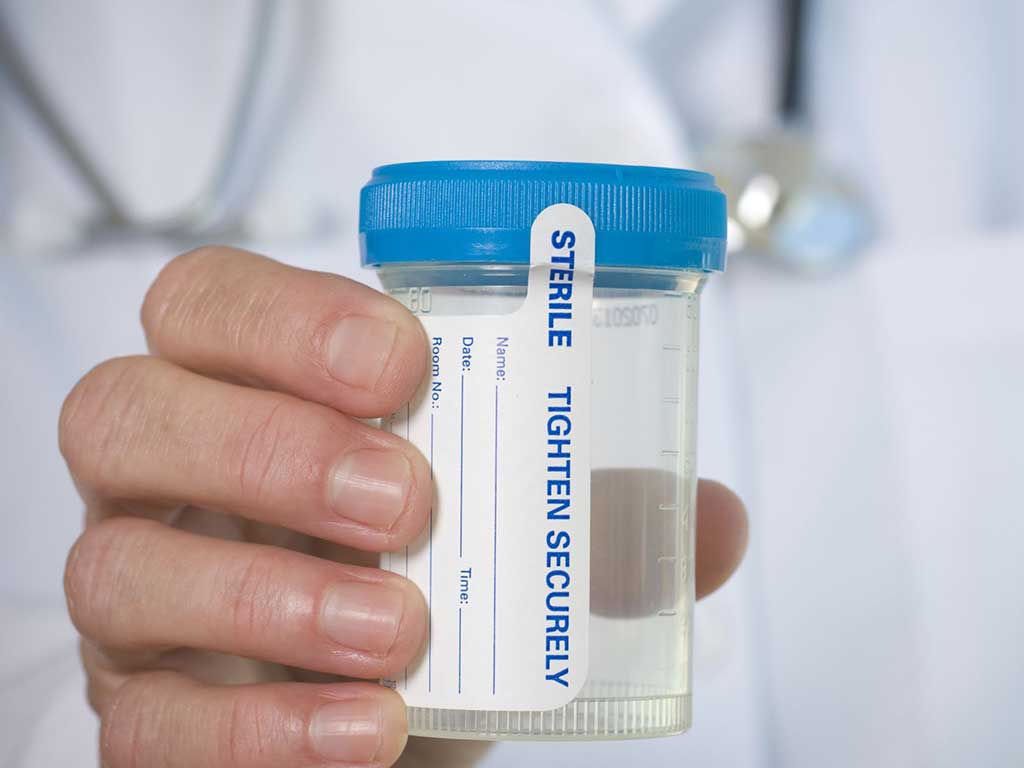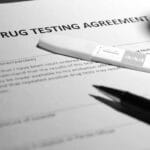Drug and Alcohol Policy Workplace: What It Is & How to Implement One
25 April, 2024

A drug and alcohol policy in the workplace is a set of guidelines that aim to create a safe and healthy work environment. It outlines the expectations and rules surrounding substance use by employees, as well as the consequences for violating them. Implementing a workplace policy requires careful planning and consideration to ensure that it is effective. There is often a consultation with employees, safety representatives, and legal advisors to guarantee compliance with legal requirements.
Substance abuse disorders or addiction have detrimental impacts on the workplace. It compromises safety and reduces productivity and overall work performance. Hence, establishing a comprehensive policy is crucial to address substance use issues. Part of the safety initiatives is conducting drug and alcohol testing. It is essential in safety-critical industries to prevent the risk of accidents and injuries. In this article, we will explore the importance of having a drug and alcohol policy and guidance on implementing one effectively.
What is a Drug and Alcohol Policy in the Workplace?
A drug and alcohol policy in the workplace is a formal document that sets out the rules and expectations regarding the use of illicit substances. Many companies and organisations create a policy to minimise safety risks due to substance abuse. The need for such measures may arise due to a high number of impaired-related incidents and concerns about employee well-being.
A workplace policy typically includes the goals and objectives relating to the safety of employees, the risk management process, and details on prohibited substances. Additionally, it specifies the disciplinary measures for violating the policy and support for employees struggling with drug and alcohol abuse.
In high-risk industries like mining, construction, and transportation, a clear and well-defined policy is crucial to ensure the safety of all individuals. They often implement zero tolerance for illegal drugs and alcohol. Thus, any prohibited substances during the drug screening are subject to corresponding penalties. It may include warnings, suspensions, and even termination of employment in severe cases.
Purpose of the Policy
- Ensuring workplace safety: The effects of drugs and alcohol can impair judgment, motor control, and reaction time. This increases the risk of accidents and injuries. Having a clear policy enforces safe work procedures and prevents untoward incidents.
- Enhancing productivity: Drug and alcohol abuse can affect work performance and productivity. It can lead to absenteeism, tardiness, decreased motivation, and compromised decision-making abilities. An effective policy can help identify and address potential safety issues.
- Legal compliance: Having a policy allows employers to meet industrial agreements and legal requirements. It minimises legal liabilities and challenges that may arise due to impaired-related accidents.

How to Develop a Drug and Alcohol Policy in the Workplace
A drug and alcohol policy in the workplace undergoes several stages before it can be implemented. Firstly, companies should thoroughly research the legal aspects and best practices of alcohol and drugs management plans. It also involves consultation with worker representatives to consider their inputs. This can help make the policy fair and just.
Secondly, define the objectives and scope of the policy. State the purpose of having an alcohol and drug regulation and the benefits towards the workforce. In addition, consider specific issues and concerns within the organisation and tailor the workplace testing program accordingly. Next, determine the scope and decide if it will cover all substances, including prescription medications.
Furthermore, outlines the prohibited behaviours related to substance use in the workplace. It may include the consumption of alcohol and drugs at work or being under the influence. Also, establish procedures for alcohol and drug testing. It covers when the testing will occur, how often, who will be tested, and the test methods. Lastly, define the disciplinary actions or consequences of violating these policies.
Legal Requirements and Compliance
Most private employers are not required to have a workplace drug and alcohol policy, except for federal contractors and safety-sensitive industries. However, businesses have a duty of care to ensure the health and safety of employees. Moreover, the policy must meet the legal requirements of the state or federal laws.
An essential legal consideration of implementing a testing regime is ensuring the equal and privacy rights of employees. Employers must protect the personal information of workers, particularly their drug test results. Compliance with relevant regulations and standards helps mitigate legal challenges or liabilities due to drug or alcohol consumption and influence.

How to Implement a Drug and Alcohol Policy in the Workplace
Successful implementation of a drug and alcohol policy in the workplace involves collaboration with various stakeholders, including management, employees, and legal advisors. Organisations form a health and safety committee to oversee the policy development from planning to execution. After discussing with worker representatives and stakeholders, communicate the policy to all employees. Hold employee briefings for current employees and employment agreements for new hires.
Communication of the drug and alcohol regulations may be done by distributing employee handbooks or emails to employees. Also, make sure that everyone consents to the testing process. The next step is to inform current or prospective employees of the testing procedures. Companies often conduct pre-employment, post-incident, and random testing to detect workers who may be under the influence of alcohol or drugs.
The common types of tests used are urine, oral fluid screening for drugs and breath testing for alcohol. Each method has different sensitivity, cut-off points, and detection windows to consider. Confirmatory testing is essential before imposing any disciplinary actions if the initial test shows a non-negative result.
Education Programs
Providing education programs and training to workers are vital components of a drug and alcohol testing policy. These programs help raise awareness about the dangers or harmful influence of drugs. It can also help deter substance abuse or risky behaviours. Many third-party test providers or agencies offer training sessions to organisations.
Education programs can include workshops, seminars, online training modules, and informational materials. The purpose of these programs is to help employees make better choices to maintain a productive and healthy work environment. Moreover, employers can also offer assistance to employees for those struggling with substance use disorders.
Conclusion
Having a comprehensive drug and alcohol policy in the workplace is essential for maintaining the safety and well-being of employees. It addresses various safety issues relating to drugs of abuse. By outlining prohibited substances and behaviours, employees can understand the expectations, benefits, and consequences of violating the policy. A vital aspect is conducting testing procedures to detect illegal drugs and alcohol use. This can help prevent accidents, lower healthcare costs, and increase productivity.
Introducing an alcohol and drug testing program also minimises the possibility of legal challenges due to drug-related incidents. To develop an effective policy, it is essential to consult with various stakeholders to get input from employees and legal advice from legal experts. It should also comply with safety legislation and industry standards. Additional requirements like education programs are helpful in promoting safety and accountability. In conclusion, it is a proactive measure to manage workplace risks effectively.






























